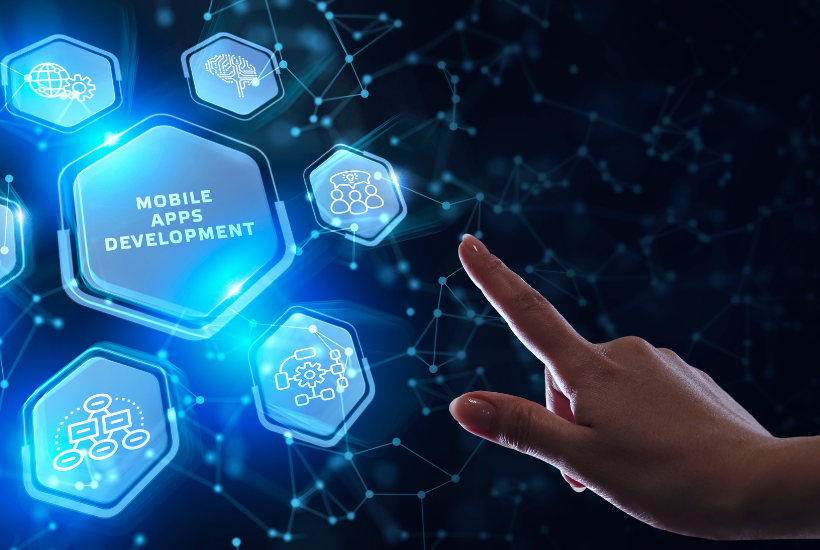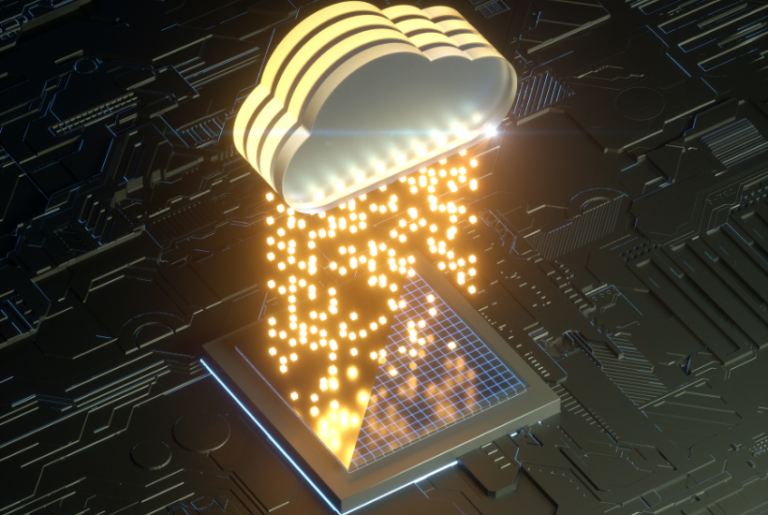In our increasingly connected world, the demand for real-time data processing and low-latency applications is growing exponentially. Enter edge computing, a transformative technology that is reshaping how data is processed, delivered, and acted upon. In this blog, we’ll dive into the world of edge computing, exploring its significance, applications, and the revolution it’s sparking in the digital landscape.
Understanding Edge Computing
Edge computing is a distributed computing paradigm that brings data processing closer to the data source, reducing latency and enhancing real-time capabilities. Unlike traditional cloud computing, where data is processed in centralized data centers, edge computing takes place at or near the data source, such as IoT devices, sensors, or edge servers.
The Significance of Edge Computing
- Ultra-Low Latency: Edge computing dramatically reduces the time it takes for data to travel from the source to the processing point, enabling near-instantaneous decision-making and response.
- Bandwidth Optimization: By processing data locally, edge computing minimizes the need to transmit large volumes of data to remote data centers, reducing network congestion and costs.
- Enhanced Privacy and Security: Edge computing allows sensitive data to remain closer to its source, reducing the risk of data breaches during transmission to centralized servers.
Applications of Edge Computing
- Internet of Things (IoT): Edge computing is the backbone of IoT applications. Smart devices and sensors can process data locally, making decisions in real time and sending only relevant information to the cloud for further analysis.
- Autonomous Vehicles: Edge computing is critical for autonomous vehicles, enabling onboard processing of sensor data for rapid decision-making, such as collision avoidance and navigation.
- Manufacturing: Edge computing supports real-time monitoring and control of manufacturing processes, reducing downtime and improving overall efficiency.
- Healthcare: In healthcare, edge computing can process patient data at the point of care, enabling faster diagnosis, remote monitoring, and telemedicine applications.
- Retail: Edge computing enables personalized shopping experiences, inventory management, and in-store analytics, all in real time.
The Future of Edge Computing
As edge computing continues to evolve, we can expect several developments:
- 5G Integration: The rollout of 5G networks will further enhance edge computing capabilities, providing faster and more reliable connectivity to support a wide range of applications.
- AI at the Edge: The integration of artificial intelligence and machine learning with edge computing will enable more intelligent decision-making at the edge, enhancing automation and autonomy.
- Edge Clouds: Edge cloud solutions will provide centralized management and orchestration of edge computing resources, making it easier to deploy and manage edge applications.
In conclusion, edge computing is at the forefront of the digital revolution, offering the speed, efficiency, and real-time capabilities needed to power the applications of the future. As organizations continue to harness the potential of edge computing, we can expect innovative solutions that will drive industries, improve experiences, and usher in a new era of connectivity and responsiveness. The future is at the edge.






